Two numbers are used in describing the size of a propeller. One describes the diameter and the other describes the pitch. Diameter is always the first number listed. A 24 X 20RH prop has a diameter of24". The "RH" stands for right hand rotation of the propeller. Viewing this like a screw, a "RH" propeller would push the boat forward when turning clockwise. Likewise a "LH" propeller would push the boat forward when turning counter-clockwise.
